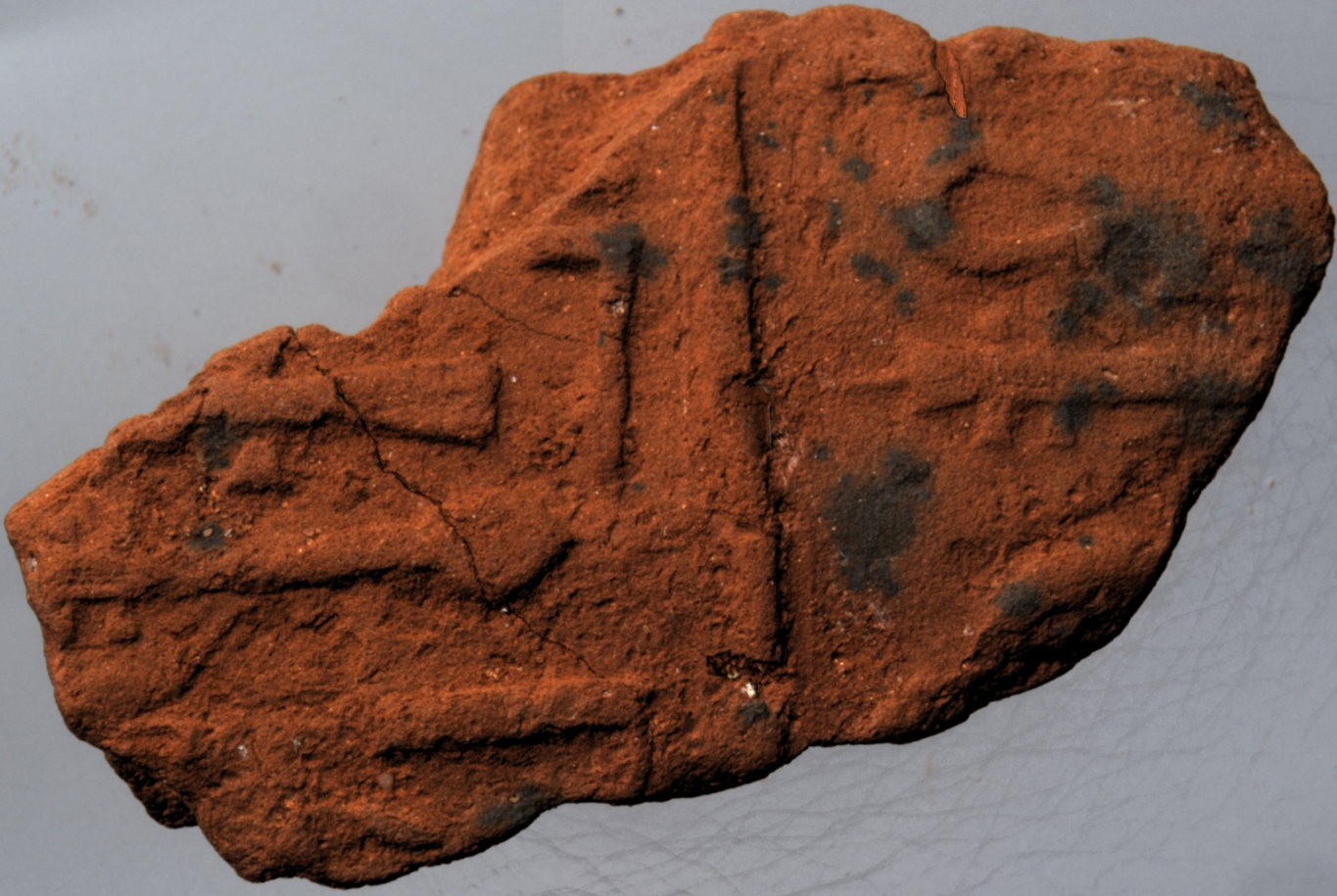
Research project AG/LL/168 (Research action AG)
The Federal Museums and Institutes harbour important collections of stamp- and cylinder seals and sealings on bullae, amphora handles and cuneiform tablets, representing a wide range of cultures and periods of the ancient Near East, Egypt and the eastern Mediterranean. They illustrate the entire historic evolution of a type of object that provides unique insights into the economic, cultural and political history of these regions. The main group is kept at the Royal Museums of Art and History and consists of more than 2000 seals and sealings dispersed over several departments and collections that cover the various geographical and cultural entities. Some have been the subject of specialised studies, others remain unpublished and the information on them is stored and managed in dispersed media, various databases, catalogues etc. The information remains all too often unavailable to the wider public and even for scientific use by researchers. The vast and representative Federal collection as a whole not only lacks visibility, but remains insufficiently available for scientific data-mining.
The Glypcol Project aims to study the whole collection using innovative techniques such as 3D scanning to create a widely accessible and innovative digital database. Sealings are often deformed or incomplete and reading and deciphering them is a time consuming and specialised task that relies all too often on subjective interpretations. The targeted use of the PLD – Portable Light Dome, a 3D-technology originally developed for use on cuneiform tablets, is a game-changing moment in the study of sealings. It allows the complete virtual manipulation of the sealings under different lighting conditions, providing a visual quality that by far surpasses that obtained during handling of the actual object. Putting such interactive images at the disposal of researchers in the context of a searchable database is a milestone for research, setting new standards in the study of seals and sealings. It also reduces the necessity to manipulate the often very fragile sealings in the museum, not only contributing to their preservation but also reducing the labour involved in the collection management.
Parallel to the development of a publicly accessible database, the project aims to publish catalogues on specific groups and collections to place them in a wider cultural context.
With this dual approach, the Glypcol project aims to create a wide access to the Federal collections of seals and sealings of the ancient Near East, Egypt and the eastern Mediterranean.
